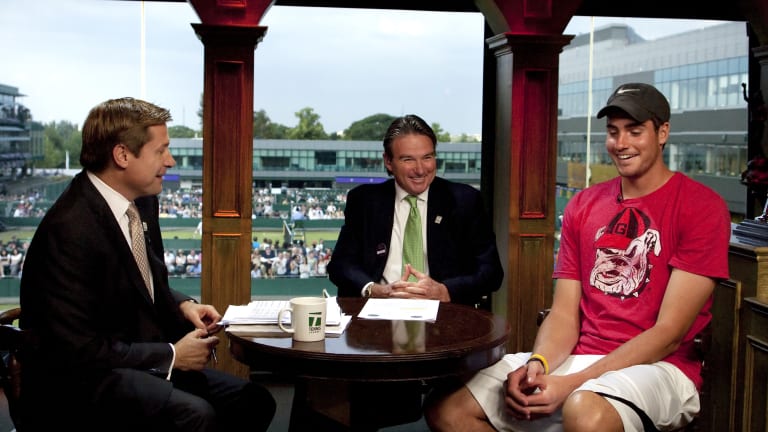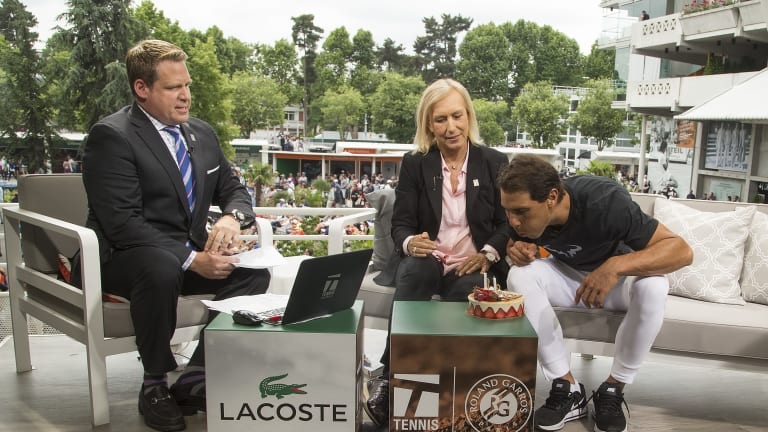Tennis Channel Turns 20
Celebrating 20 years with the Tennis Channel community
By May 15, 2023Tennis Channel Turns 20
'You mean I can see matches from every round, for the whole week?'
By May 15, 2023Tennis Channel Turns 20
20 Years, 20 Photos: Tennis Channel through the decades
By May 15, 2023Style Points
Five days, a dozen looks: Inside Venus Williams' Palm Beach wedding bash
By Dec 24, 2025Social
Anna Kournikova welcomes fourth child with Enrique Iglesias
By Dec 23, 2025Burning Questions: 2026
Who is more likely to win a Slam: Amanda Anisimova or Elena Rybakina?
By Dec 23, 2025Unsung Heroes
Alejandro Davidovich Fokina's season was one to remember, even if he may opt to forget
By Dec 23, 2025Social
Carlos Alcaraz keeps his promise with New York City tattoo tribute
By Dec 22, 2025Pop Culture
Fabio Fognini finishes third on Italy's 'Dancing with the Stars': "It wasn't just a dance"
By Dec 22, 2025Ranking Reaction
Aryna Sabalenka reaches 70 career weeks at No. 1 on WTA rankings
By Dec 22, 2025Celebrating 20 years with the Tennis Channel community
Through its two decades on the air, Tennis Channel has bonded tennis fans around the U.S.
Published May 15, 2023
Advertising

A day after winning the longest tennis match in history—183 games, including a 138-game fifth set—John Isner took a well-deserved seat with Jimmy Connors and Bill Macatee, at the 2010 Wimbledon Championships.
© ©Fred Mullane/Camerawork USA, Inc.
Advertising
Advertising

Happy Birthday, Rafa! (Now make a wish...) In 2017, the King of Clay found himself the subject of a surprise cake presentation.
© ©Fred Mullane/camerawork usa
Advertising

Naomi Osaka beams during a 2022 photo shoot at Indian Wells.
© ©Fred Mullane/Camerawork USA, Inc.